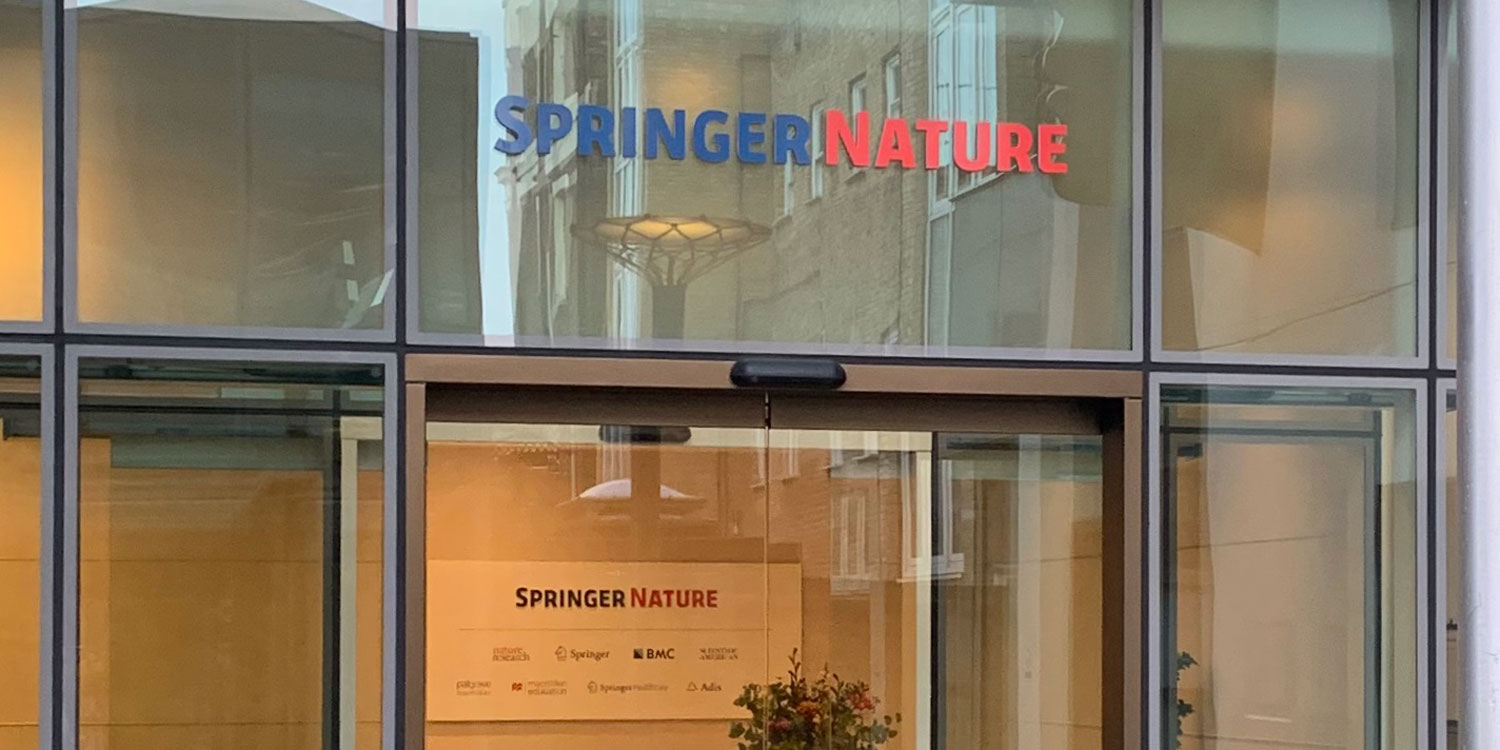Newsroom
#LabLifeLessons: Life after the lab with Dr. Francois Mayer, Associate Editor
Written by Andreas Geissner from the Withers lab, Michael Smith Laboratories

Dr. Francois Mayer, former Michael Smith Laboratories member. Photo provided by Dr. Francois Mayer.
Are you one of those scientists that get excited about seeing cool new papers that have absolutely nothing to do with your own research? Are those papers stacking up because the annoying benchwork is keeping you from reading them in detail? Maybe it’s time to switch perspective and consider an editorial position! Here, we interview Dr. Francois Mayer, formerly with the Kronstad lab, who decided to do this switch after his postdoctoral research.
Q. Can you please give a short description of your position?
Dr. Mayer: I am working as an Associate Editor for the Springer Nature journal, Nature Microbiology, at the London office in the UK. I am handling primary research papers, and assess them editorially, organize the review process, and steer the papers through to publication.
Q. At which stage of your career did you decide to pursue this path working as an Associate Editor? Was this decision planned or did the opportunity arise spontaneously?
Dr. Mayer: Roughly at the half-time mark of my post-doc, I started thinking more seriously about what I would like to do afterwards. I thought about what I enjoy most, and reading papers and thinking about science always came up as some of the top things. As a consequence, I started connecting with people who work in publishing via social media platforms and asked them what they do in their work and what they enjoy about it. Everybody was very nice and approachable, and their job description sounded very interesting to me. I then specifically looked for editor positions advertised on journal homepages, and on social media platforms.
Q. Did you do any special training/volunteering during your graduate/postgraduate research time to prepare for that career?
Dr. Mayer: I was lucky to do my post-doc at UBC and took advantage of the outstanding professional development workshops offered by the UBC Postdoctoral Fellows Office (PDFO). This allowed me, for example, to get some training in project management, time management, and scientific and technical writing, all of which I need in my current job.
Q. What advice would you give to trainees who want to apply for a position in your field?
Dr. Mayer: Strengthen your critical thinking and analytical skills by reading scientific papers that are within and outside of your area of expertise. Practice communicating science using social media/networking platforms. You should also practice presenting scientific papers in journal clubs, and if you have the chance, practice reviewing some papers for scientific journals with your mentor.
Q. How did you first enter this field after training at the Michael Smith Laboratories/UBC? How did you learn about the job (i.e. Job board, word-of-mouth, networking, etc.)?
Dr. Mayer: I actively looked for positions in scientific publishing and started making contacts with people already working in publishing. I saw the advertisement for my current position on Twitter.

Springer Nature office in London. Photo provided by Dr. Francois Mayer.
Q. How much of the work you are doing now correlates with what you expected when you signed up? Are there tasks you did not expect at all?
Dr. Mayer: I have to say I found it much more challenging than I initially thought it would be. I didn’t expect the level of involvement in almost all aspects of steering a paper through to publication, from the initial assessment of the work, securing appropriate expert referees, communicating with the authors, and making sure that all required forms and files have been submitted. Also, the workload can be very high and you have to juggle many tasks at the same time. On the other hand, this ensures that the job doesn’t get boring and the privilege of being one of the first persons to learn about new scientific discoveries is really awesome. I also didn’t expect the level of satisfaction it can bring to help researchers publish their work and thereby to help disseminate and advance knowledge.
Q. Is there anything like a typical day in your job? What does it look like?
Dr. Mayer: Although the core tasks are the same, i.e. reading papers, assessing them for suitability for the journal, communicating with authors, commissioning Reviews and News & Views articles, every day is different and requires some flexibility and multi-tasking abilities. On a typical day, I will read 2-3 manuscripts in the morning and write extensive notes about them. I will then circulate my notes to at least one (oftentimes more) other member in the team and we then discuss how to proceed with the paper, i.e. sending it out for review, or rejecting it. In the afternoon, I usually read some more manuscripts, organize the review process for papers we are interested in, prepare decision letters for authors following peer review, answer emails, attend meetings, and communicate with authors, etc.
Q. How much do you have to travel for your job? How does this suit your lifestyle?
I am not traveling at the moment, but I will attend my first conference soon. I’m looking forward to meeting researchers face-to-face and to discuss their work and learn more about science. At Nature Microbiology, we usually go to 4-6 scientific conferences per year.
How did your PhD experience help you transition into your current career? Join the conversation on Twitter with @ubcmsl with #lablifelessons.
_______
This is part of the #LabLifeLessons blog series, a series that highlights the adventures of the PhD experience and beyond. Written by Postdoctoral Fellows at the Michael Smith Laboratories, this series includes a number of posts ranging from personal experiences, interviews, and stories, reflecting on the journey and extracting the learned lessons in the process. #LabLifeLessons focuses on these challenges and aims to bring an authentic voice to the story. If you enjoyed this story, check out the other stories in this series below.
_______